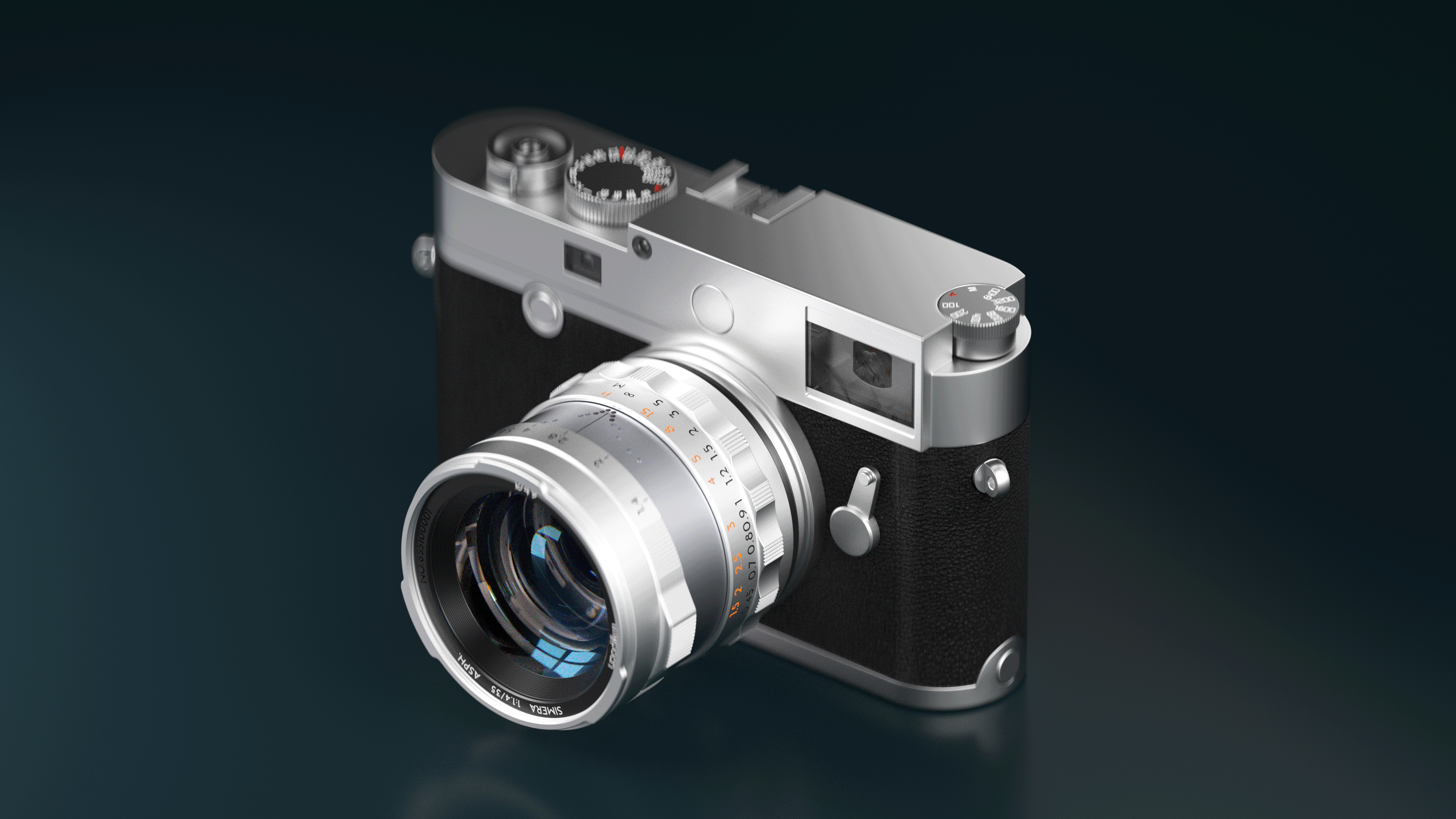Rediscovering the Legacy: M Mount and the Simera-C Ecosystem
The Leica M mount, introduced in 1954, was revolutionary. Its short flange distance of 27.8mm allowed rangefinder cameras to achieve compactness and optical precision long before mirrorless systems existed. Unlike SLRs with bulky mirror mechanisms, the M mount’s minimal distance between lens and film plane enabled simpler, sharper lens designs—setting a high bar for optical performance that still resonates today.
Over the decades, the M mount has grown a rich ecosystem. While Leica led the charge, a new wave of various manufacturers have each contributed their own optical styles. Designers are drawn not just by the mount’s mechanical elegance, but by the expressive, emotionally resonant imagery it enables.
Historically, the M mount’s short flange distance allowed lens designers to place optical elements closer to the film or sensor plane, enabling better control over aberrations and more efficient optical correction. This foundational advantage supported exceptional image clarity through simpler lens formulas and contributed to the distinctive visual character that made M mount lenses iconic. Celebrated by street photographers and documentarians alike, many classic M lenses have earned a lasting place in photographic history for their unique personality and timeless appeal.
In the digital era, the M mount has found renewed relevance. Mirrorless systems have normalized short flange distances, but the M mount remains uniquely adaptable—just long enough to work seamlessly with platforms like Sony E, Leica L, Canon RF, and Nikon Z. This adaptability makes M glass not only compatible, but genuinely desirable for modern hybrid workflows.
That versatility has led to a new chapter: cine M lenses. As digital cinema shifts toward compact systems from Sony, Lumix, and RED, traditional PL-mount lenses—with their long flange distance and considerable bulk—feel increasingly out of step. In contrast, M mount lenses offer a substantial weight advantage, often three to four times lighter than their PL equivalents at the same aperture, with adapters that are up to twice as light. This reduction in weight makes a tangible difference in gimbal setups, drone work, and handheld shooting.
The Leitz M 0.8 series proved the M format’s cinematic viability. Today, Simera-C continues that legacy with lenses built for both still and motion capture—blending refined rendering with cine-grade mechanics and compact design.
Why does the M mount matter more than ever in today’s cinema landscape? As cinema cameras continue to shrink, with models like the FX3, RED Komodo, and DJI Ronin 4D leading the way, filmmakers are prioritizing mobility without sacrificing image quality. The M mount answers this demand with a refined, lightweight form factor and access to fast, character-rich lenses. It is an elegant solution for the new era of agile, high-performance cinematography.
However, PL mounts are still considered as a standard mount for cinema, not only by its long history, but more importantly by its "positive lock", this is also where PL name actually came from. The positive lock is the key of stabilization for cine lenses when there is strong motor working with aperture ring and focus ring, to avoid micro image vibration and security risk.
At Thypoch, we’re building on this foundation. Our upcoming Positive-lock M mount adapters complete the final puzzle of M mount lenses ecosystem, bring enhanced stability and security to major mirrorless systems—E, RF, Z, L, and Arri M mount—ensuring that M mount lenses, both classic and new, can be confidently used in any shooting. Whether handheld, rig-mounted, or stabilized, the system empowers creators across disciplines.
This isn’t about nostalgia—it’s about unlocking the future of a format that has always stood for optical precision and mechanical integrity. With Simera-C lenses and Thypoch’s adapter ecosystem, the M mount becomes a fully modern toolset: lightweight, modular, and built for expressive storytelling.
We call this vision “M to all”—a seamless integration of M mount lenses into contemporary photography and cinematography. Thypoch is proud to contribute to this new era, where the heritage of the M mount meets the possibilities of tomorrow.
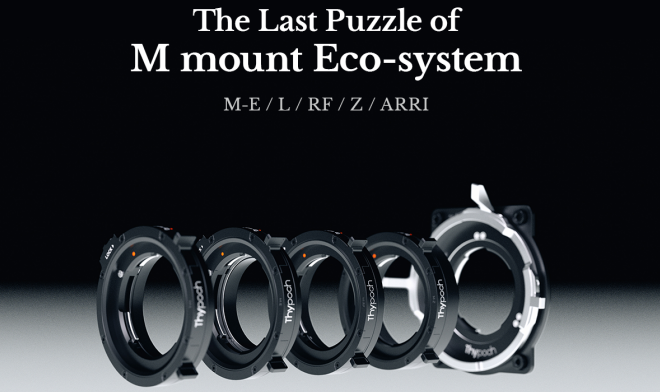



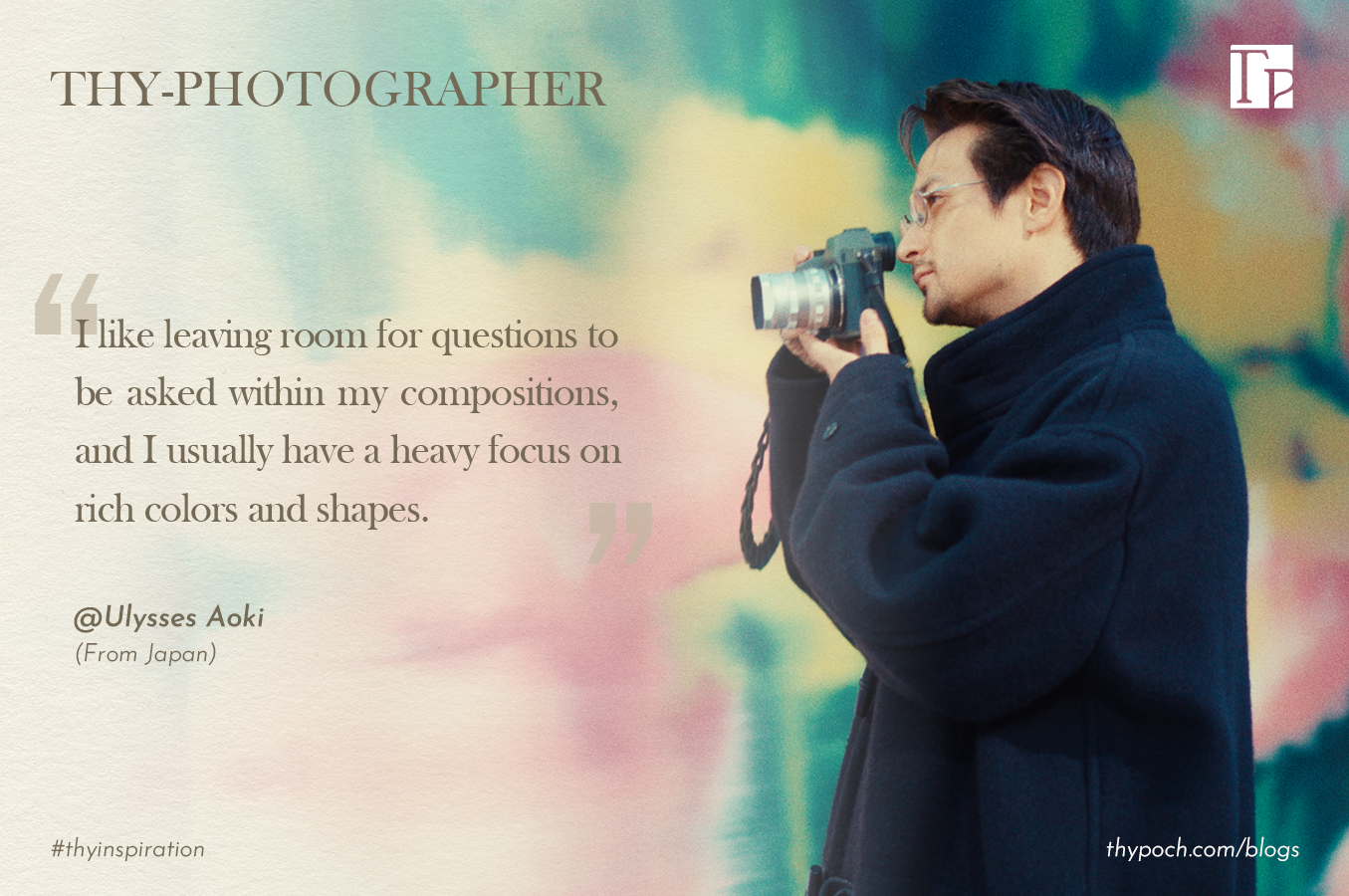




.jpeg)



.jpg)
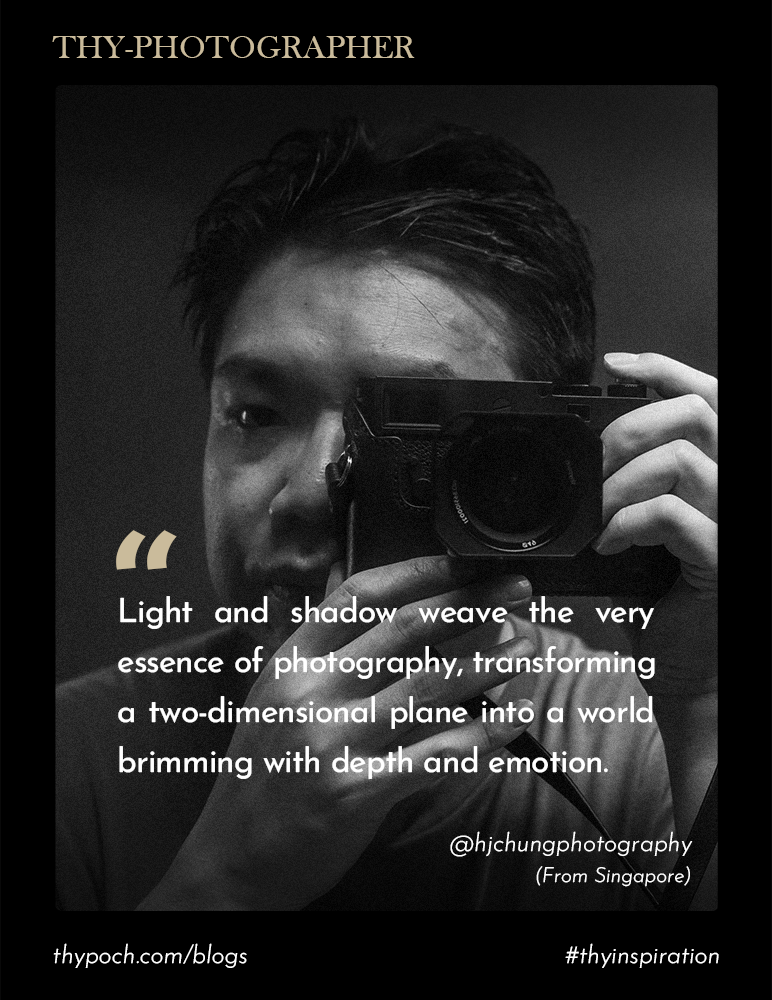
.png)
.png)
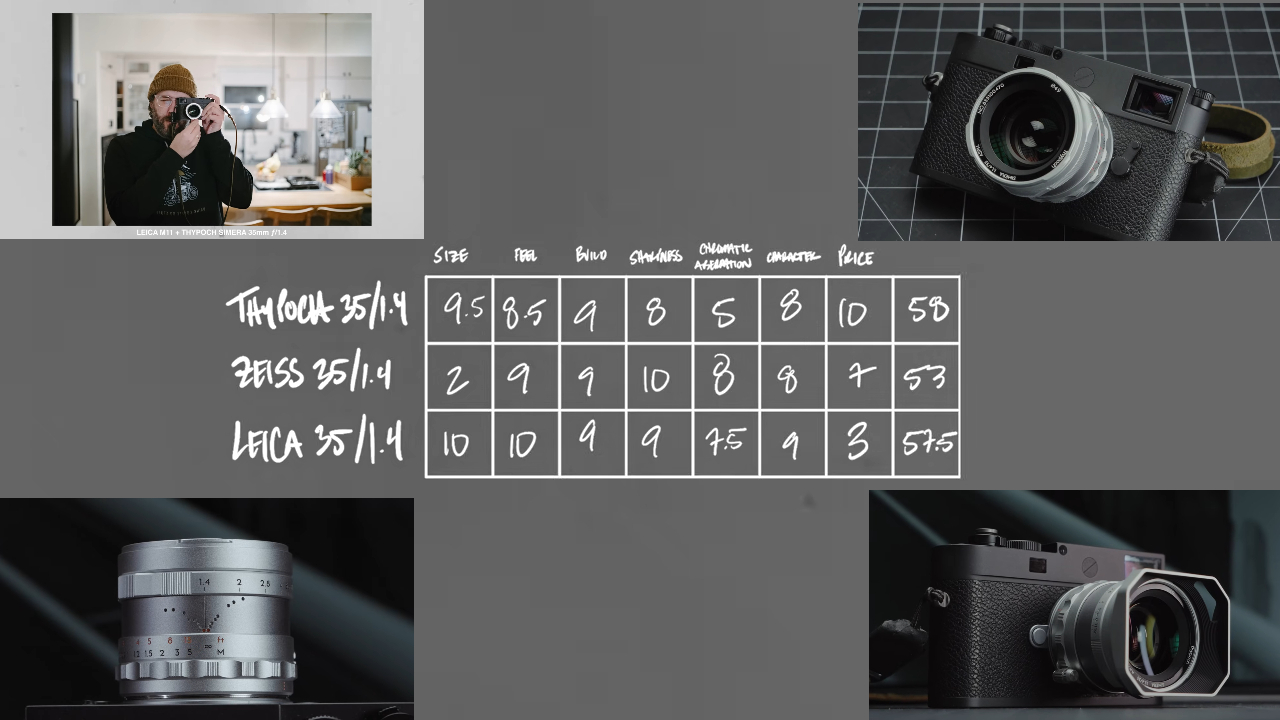
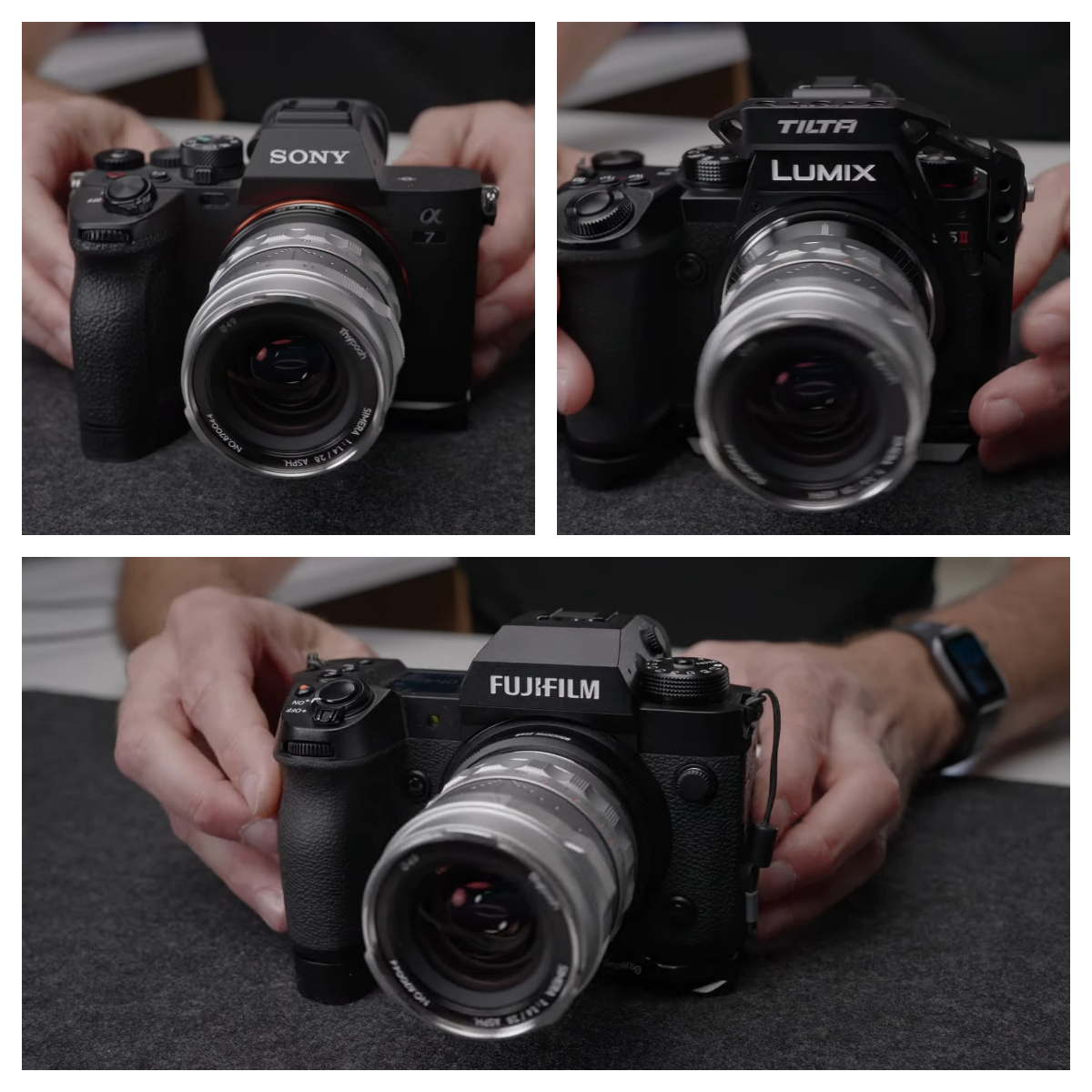

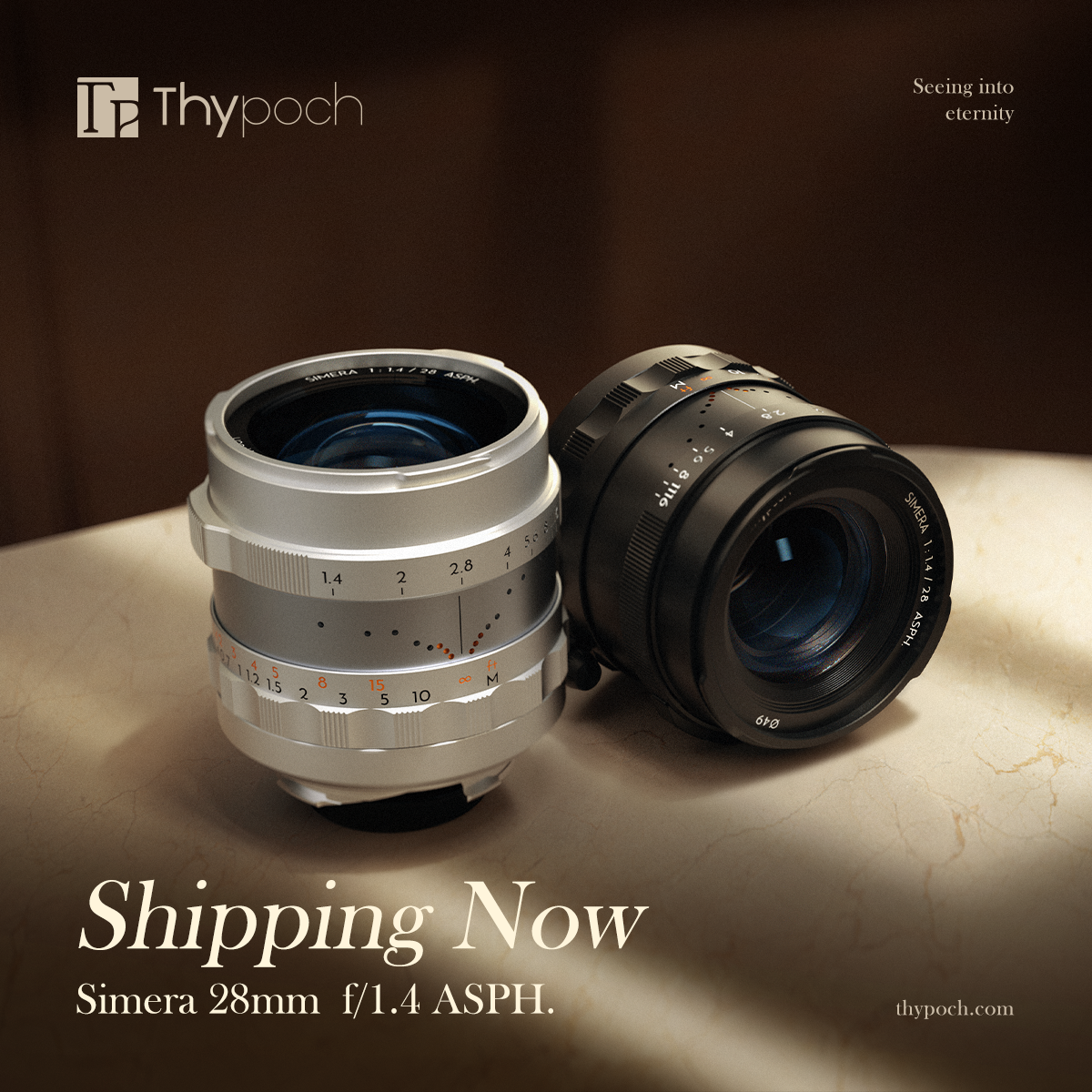

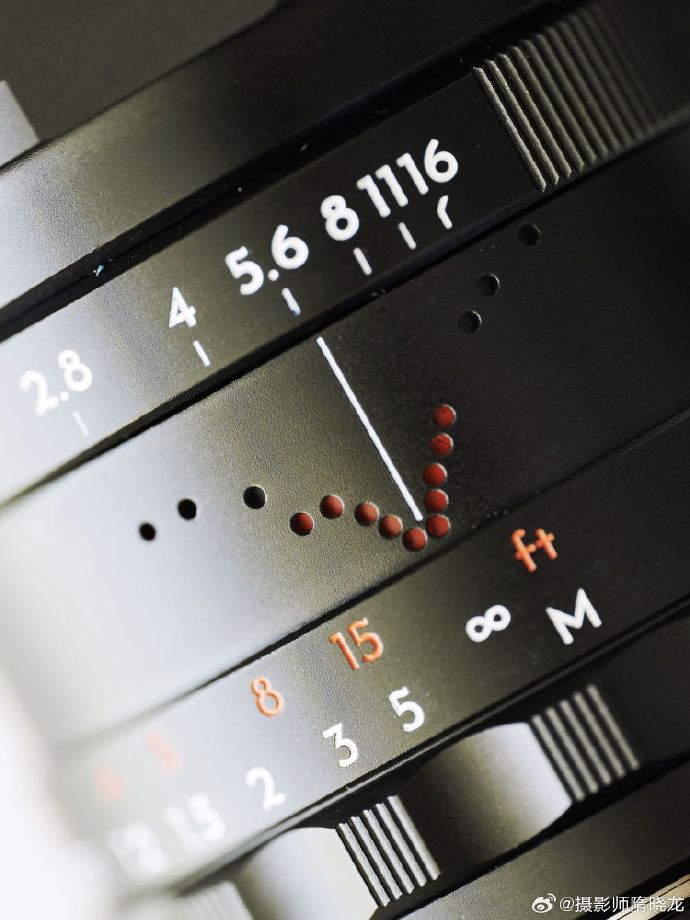
.png)
